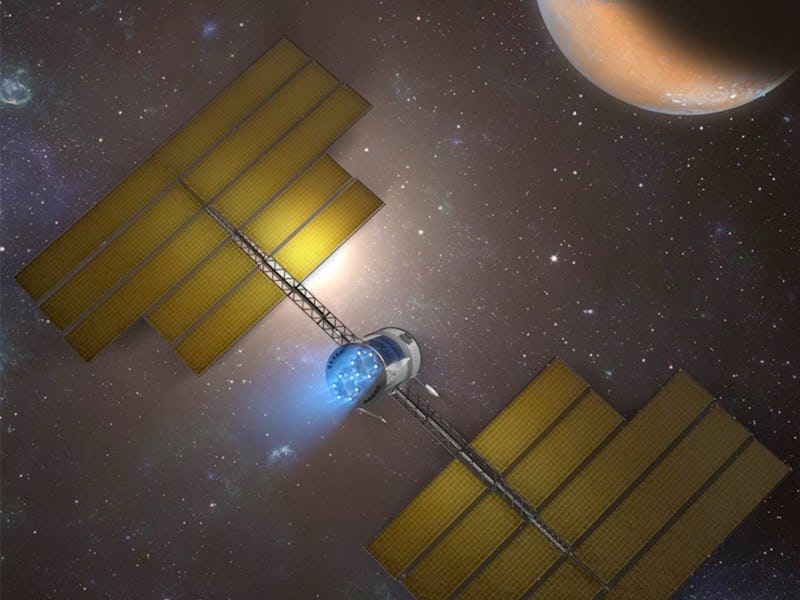If mankind ever wants to explore deep space, we’re going to need to make sure we can breathe. Right now, NASA’s technology recycles about half of the carbon dioxide that astronauts exhale and turn it into oxygen, but that’s just not good enough for a long-duration mission. That’s why the agency is investing in new technology that will help space explorers breathe easy — and they’re got two pretty promising ideas.
The International Space Station recovers about 50 percent of the oxygen its inhabitants breathe, but NASA’s Next Generation Life Support Spacecraft Oxygen Recovery project element is gunning to devise a new system that recovers at least 75 percent of the oxygen. A system that effective would drastically reduce the amount of oxygen resupply that future missions would require. That’s especially important for long-duration deep space missions, since resupplying oxygen is a logistical nightmare that far away, to say the least.
NASA plans on investing up to $2 million in the next two years towards this goal. The two proposals it’s selected to pursue are “Phase II Methane Pyrolysis System for High-Yield Soot-Free Recovery of Oxygen from Carbon Dioxide,” which was cooked up by Honeywell Aerospace in Phoenix, and “Continuous Bosch Reactor,” from the UMPQUA Research Co. in Myrtle Creek, Oregon. NASA didn’t go into much further detail in its news release.
“The development of advanced life support technologies will allow NASA to establish improved capabilities for future deep space, long-duration, human exploration missions,” said Steve Jurczyk, associate administrator of NASA’s Space Technology Mission Directorate.
All good, but seems like it’s going to be a while before this technology is perfected and implemented. In other words, astronauts: don’t hold your breath.
Save that oxygen, Matt!
